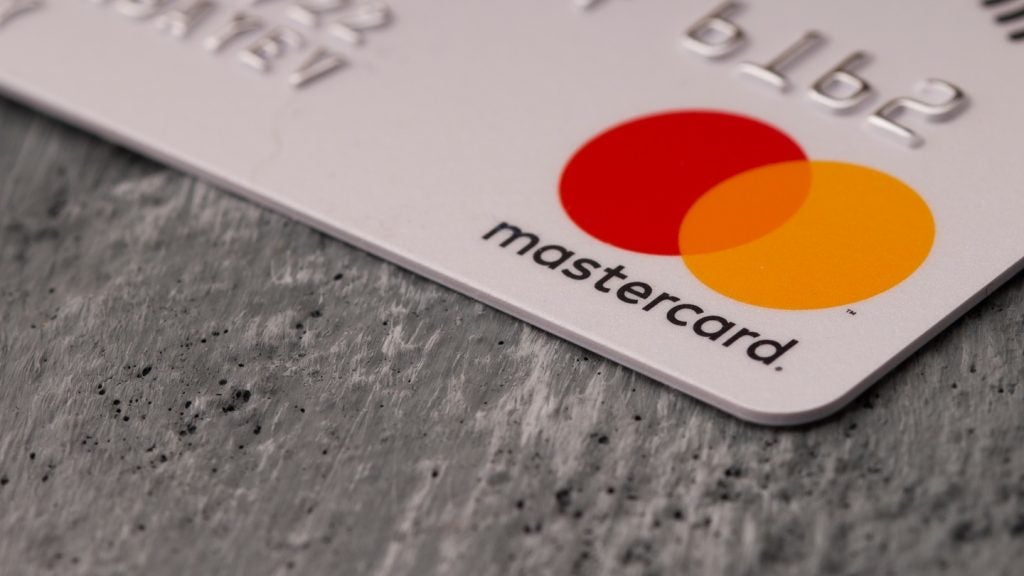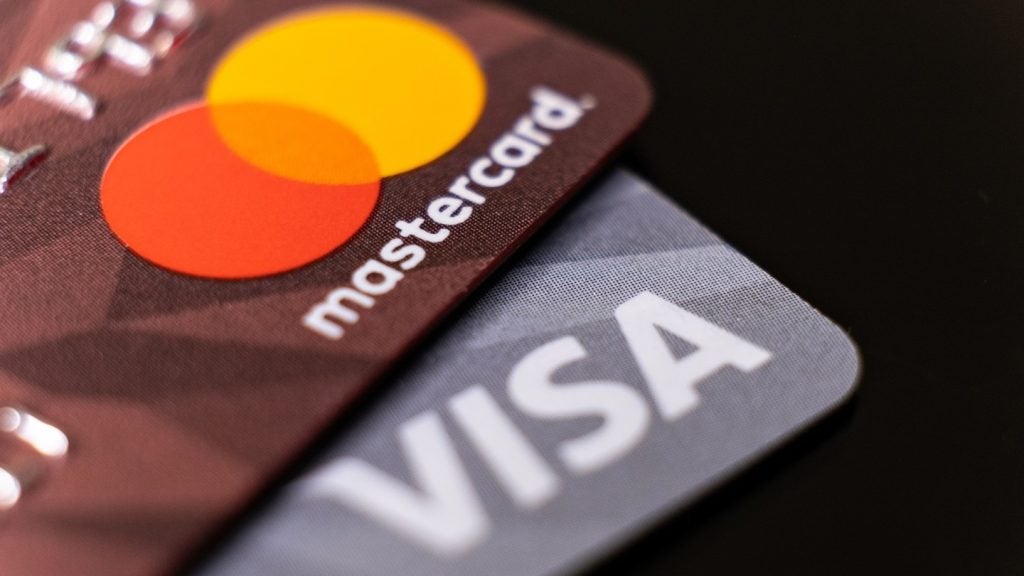2015 has been a year of significant change in the payment services sector. The potential uses of digital currency and blockchain technology are continuing to generate excitement. Mike Pierides, Partner, and Sarah Atkinson, Associate, of law firm Pillsbury Winthrop Shaw Pittman write on this optimism
As of 1 April 2015 the new Payment Systems Regulator was created with the intention, amongst others, of opening up the industry to new and emerging providers, and July saw the high profile launch of ApplePay. This article considers some of the key issues arising from these developments.
Payment systems are a huge part of everyday life – in the UK, in 2014 more than 21 billion payment transactions were made with a value of £75trn ($115trn). Payment systems can be either interbank, such as Bacs, CHAPS and cheque and credit clearing, or card payment systems, for example, MasterCard and Visa (Payment Systems) and customers are able to process transactions through banks, or through payment service providers that interact with banks (PSPs).
PSPs need either direct or indirect access to Payment Systems to provide payment services. The UK’s ‘big four’ banks (Barclays, HSBC, Lloyds and RBS) have direct access to most of the interbank payment systems, whereas indirect PSPs must connect to the Payment Systems through a relationship with a direct PSP (often known as a Sponsor Bank).
The New Payment Systems Regulator and improving access
The UK payments industry has been subject to criticism that it is slow to innovate with significant barriers to entry. The UK’s Payment Systems Regulator (PSR) was created to regulate the payments industry and to target these criticisms. The PSR is a subsidiary of the Financial Conduct Authority, however acts independently and has its own executive and objectives, key among these being the promotion of innovation and competition and ensuring that payment systems are developed and operated in the interests of service-users.
A key focus of the PSR is to open up access by PSPs to Payment Systems. To access Payment Systems and thereby process payment transactions, PSPs need to be able to communicate either directly or indirectly with Payment Systems (Technical Access). Direct Technical Access is achieved by a PSP connecting directly to the infrastructure of a Payment System, whereas indirect access involves the PSP either using the infrastructure of a Sponsor Bank or a third party service provider.

US Tariffs are shifting - will you react or anticipate?
Don’t let policy changes catch you off guard. Stay proactive with real-time data and expert analysis.
By GlobalDataThere are concerns that the requirements and criteria applied by operators in order to grant Technical Access can be onerous and disproportionate. An added complexity is that the requirements and criteria vary depending on the Payment System. In response, the PSR has proposed that operators take a risk based approach to the requirements for Technical Access to ensure that access requirements are proportionate to the related risks of each operator.
The PSR is in favour of the development of accreditation arrangements for technology providers, which PSPs could use to gain Technical Access rather than relying on the solutions provided by Sponsor Banks. Accreditation would assure interested or prospective PSPs that the technology provided complies with the criteria of the accrediting operator. Faster Payments is promoting its ‘New Access Model’ and intends to have at least three accredited technology vendors by the end of 2015, one of which may be AccessPay, and it has announced that it expects to have ‘a dozen new PSPs active by the end of 2016’.
Technology developments
Currently, settlements are made at regular times each day. As part of its New Access Model, discussed above, in order to offer real-time payments, Faster Payments is proposing a new pre-funded settlement system, which would require all PSPs participating in Faster Payments to have a segregated, pre-paid account to cover the value of their net transactions.
An alternative to using prepaid accounts to make real-time payments is use of digital currency and blockchain, which has the potential to lead to significant changes to payment processing.
Banks are now looking at how the technology can be used to reduce both the time and cost of processing payment transactions, and the Bank of England (and other central banks) are considering how this would work in practice. In September, nine banks including Barclays and RBS announced that they are working together to consider potential uses of blockchain technology.
Blockchain is the database where irreversible ledger entries would be made pursuant to a payment. It creates these in near real time (currently around 10 minutes) to show the sum as having moved between the transferor’s and transferee’s accounts, and is able to validate transactions without requiring a third party institution. Blockchain has the potential to replace years old back-office payment processing systems of banks that can take hours or days to process a payment.
The social and practical challenges that would need to be overcome are not insignificant.
Andrew Haldane, Chief Economist, Bank of England said in a speech on 18 September: "Whether a variant of this technology could support central bank-issued digital currency is very much an open question. So too is whether the public would accept it as a substitute for paper currency. Central bank-issued digital currency raises big logistical and behavioural questions too. How practically would it work? What security and privacy risks would it raise? And how would public and privately-issued monies interact?"
Therefore the challenges include: how would the digital currency be put into circulation? Establishing an exchange rate; business to business, business to customer or both? Can concerns about capacity and security be overcome?
Mobile payments
Continued innovation in mobile payments is resulting in a dynamic and changing field of PSPs and solutions available to users. The Next Generation of Payments Report issued on 9 September 2015 by Vocalink amongst other things discusses the role that traditional banks can continue to play, given their longstanding relationship with customers.
However, those banks that want to build on their client base need to continue to innovate with new applications and solutions, either to grow or avoid erosion to new entrants such as Apple.
Over the coming years and months there will be continued and significant changes in the payment services sector, the most disruptive of these likely to be the use of digital currency and blockchain. That is for the future; current trends are increasing competition in mobile payment and more generally in the payments sector.
This will be characterised by an increased number of PSPs entering the market as a result of efforts to open up the payments industry and consequently an improvement in innovation and competition between PSPs.








